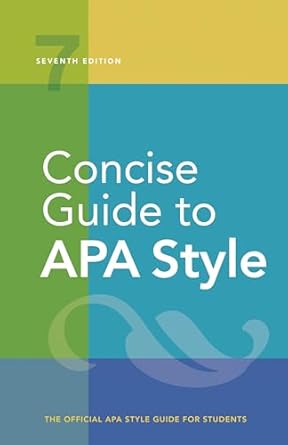[toc]
capitalization rules sentence case guide for academic writin
Concise Guide to APA Style: 7th Edition (OFFICIAL)
Page 132 Review
Understanding Spelling, Capitalization, and Abbreviations in Academic Writing
This excerpt delves into the crucial aspects of spelling, capitalization, and abbreviations, vital for maintaining clarity and professionalism in academic writing.
It provides guidelines on proper usage, particularly within the context of scholarly publications.
Capitalization Rules for Titles and Headings
The excerpt highlights two primary capitalization styles: Title Case and Sentence Case.
Let’s explore Sentence Case in more detail.
Sentence Case Explained
“In sentence case, lowercase most words in the title or heading.
Capitalize only the following words:
* the first word of the title or heading
* the first word of a subtitle
* the first word after a colon, em dash, or end punctuation in a heading
* nouns followed by numerals or letters
* proper nouns”
This rule promotes readability by emphasizing the most important words within a title or heading.
It helps maintain a consistent and professional tone throughout the document.
When to Employ Sentence Case
The passage dictates where Sentence Case should be used.
“Use sentence case for the following:
* titles of articles, books, reports, webpages, and other works in reference list entries, even if title case was used in the original work (see also Section 9.19)
* table column headings, entries, and notes (see Sections 7.12-7.14)
* figure notes (see Section 7.28)”
The example reference list entries are especially helpful.
For instance:
“Golden, A.
R., Griffin, C.
B., Metzger, |.
W., & Cooper, S.
M. (2018).
School racial climate and academic outcomes in African American adolescents: The protective role of peers.
Journal of Black Psychology, 44(1), 47-73. https://doi.org /10.1177/ 0095798417736685″
“Mena, J.
A., & Quina, K. (Eds.). (2019).
Integrating multiculturalism and intersectionality into the psychology curriculum: Strategies for instructors.
American Psychological Association. https://doi.org/10.1037/00001372″
These examples clearly demonstrate the application of Sentence Case in bibliographic references.
Even though the original publication might have used Title Case, the reference list adopts Sentence Case.
Capitalization in Tables and Figures
“table column headings, entries, and notes (see Sections 7.12-7.14)
* figure notes (see Section 7.28)”
This highlights the consistent use of Sentence Case in these visual elements.
However, a caveat exists for figures:
“Note: Words in the image of a figure (see Section 7.26) may be in either title case or sentence case.
Follow the same guidelines for capitalization in a figure image as used in the text.”
This flexibility allows authors to maintain consistency with the overall text or to use Title Case for specific emphasis within the figure itself.
Periodical Titles
“titles of periodicals (these are also italicized)
Journal of Experimental Psychology: Learning, Memory, and Cognition
The Washington Post”
Table and Figure Titles
“table titles (these are also italicized; see Section 7.11)
* figure titles (these are also italicized), axis labels, and legends (see Sections 7.25-7.27)”
This emphasis on italicization for titles is a standard practice in academic writing, providing visual cues to the reader.
Conclusion
This excerpt provides a concise and practical guide to the rules of capitalization, specifically focusing on Sentence Case.
By adhering to these guidelines, writers can ensure clarity, consistency, and professionalism in their work, ultimately enhancing the impact and credibility of their scholarship.
Buy full ebook for only $18: https://www.lulu.com/shop/american-psychological-association/concise-guide-to-apa-style-7th-edition-official/ebook/product-rmzpq54.html?page=1&pageSize=4


Leave a Reply